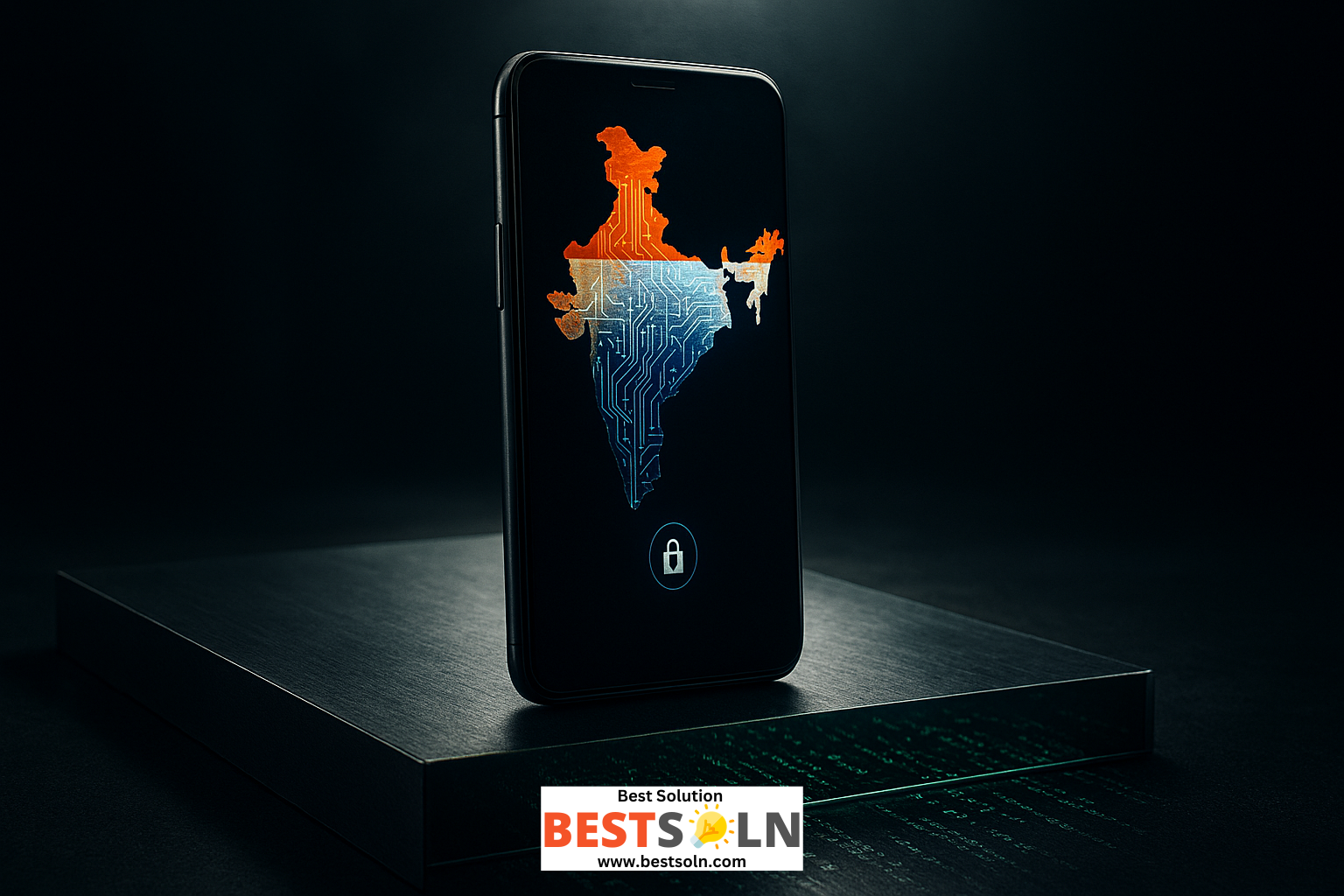- Home
- /
- Courses
- /
- Fundamentals of Intellectual Property
- /
- A. Introduction to Intellectual Property
Introduction
In a world driven by innovation, creativity, and competition, intellectual property (IP) stands as the cornerstone of progress, safeguarding the fruits of human ingenuity. From the smartphone in your pocket to the music streaming through your earbuds, from the logo on your favorite coffee cup to the secret recipe behind your go-to soft drink, IP shapes the modern economy and culture. But what exactly is intellectual property? Why does it matter to inventors, artists, businesses, and even consumers? This chapter embarks on a journey to demystify IP, exploring its definitions, historical roots, types, and profound significance in fostering innovation while balancing public access.
Intellectual property refers to creations of the mind, intangible assets like inventions, artistic works, symbols, names, and designs, that are protected by law to reward creators and encourage further innovation. IP is not a modern invention; its origins trace back centuries, evolving alongside human civilization’s need to protect ideas while promoting shared progress. Today, IP laws govern a vast ecosystem, influencing industries as diverse as technology, entertainment, pharmaceuticals, and fashion. This chapter lays the foundation for understanding IP by examining its core principles, its economic and societal roles, and the delicate balance it strikes between private rights and public good.
The Essence of Intellectual Property
At its core, intellectual property is about ownership, not of physical objects, but of ideas, expressions, and innovations. The World Intellectual Property Organization (WIPO), a global authority on IP, defines it as “creations of the mind, such as inventions; literary and artistic works; designs; and symbols, names, and images used in commerce.” These creations are protected through legal mechanisms like patents, copyrights, trademarks, and trade secrets, each serving a distinct purpose. Patents shield inventions, copyrights safeguard creative expressions, trademarks protect brand identities, and trade secrets guard confidential business information. Together, these tools form a framework that incentivizes innovation by granting creators temporary monopolies or exclusive rights to benefit from their work.
The concept of IP is rooted in a fundamental bargain: creators receive legal protection for their work in exchange for eventually sharing it with society. For example, a patent grants an inventor exclusive rights for a limited period (typically 20 years), after which the invention enters the public domain, free for all to use. Similarly, copyright protects a novelist’s book during their lifetime and beyond, but eventually, the work becomes a cultural treasure for future generations. This balance, rewarding creators while enriching the public, lies at the heart of IP’s purpose.
Historical Evolution of Intellectual Property
The history of IP is a tale of human progress, reflecting society’s evolving understanding of creativity and ownership. The earliest traces of IP-like concepts appear in ancient civilizations. In 500 BCE, the Greek city-state of Sybaris granted exclusive rights to chefs who created unique culinary dishes, a rudimentary form of patent-like protection. However, formal IP systems emerged much later, with the Statute of Monopolies in England (1624), which curbed royal monopolies while laying the groundwork for modern patent law. Around the same time, the Statute of Anne (1710) established copyright law by granting authors exclusive rights to their works for a fixed term, marking a shift from royal privileges to statutory protections.
The Industrial Revolution in the 18th and 19th centuries accelerated the need for robust IP systems. As inventions like the steam engine and spinning jenny transformed economies, governments recognized the importance of incentivizing inventors. The United States Constitution (1787) explicitly empowered Congress to “promote the Progress of Science and useful Arts” by securing exclusive rights for authors and inventors, leading to the U.S. Patent Act of 1790. Meanwhile, international cooperation began with treaties like the Paris Convention for the Protection of Industrial Property (1883) and the Berne Convention for the Protection of Literary and Artistic Works (1886), which harmonized IP standards across nations.
Today, IP law is a global endeavor, shaped by organizations like WIPO and agreements like the Trade-Related Aspects of Intellectual Property Rights (TRIPS) under the World Trade Organization. These frameworks reflect a world where ideas cross borders instantly, requiring coordinated efforts to protect creators while addressing global challenges like access to medicines and technology.
Types of Intellectual Property
IP encompasses several distinct categories, each tailored to protect specific types of creations:
- Patents: Patents protect inventions, new, useful, and non-obvious processes, machines, or compositions of matter. For instance, Thomas Edison’s patent for the incandescent light bulb (1879) revolutionized lighting technology. Patents grant inventors exclusive rights for a limited period (typically 20 years), encouraging investment in research and development.
- Copyrights: Copyrights safeguard original works of authorship, such as books, music, films, and software. For example, J.K. Rowling’s Harry Potter series is protected by copyright, ensuring she controls its reproduction and adaptation. Copyright typically lasts for the author’s lifetime plus 70 years in many jurisdictions.
- Trademarks: Trademarks protect symbols, names, and logos that distinguish goods or services. Think of Nike’s iconic “swoosh” or Coca-Cola’s stylized script. Trademarks prevent consumer confusion and build brand loyalty, with protection renewable indefinitely as long as the mark is in use.
- Trade Secrets: Trade secrets cover confidential information that provides a competitive edge, such as KFC’s secret blend of 11 herbs and spices. Unlike patents, trade secrets rely on secrecy rather than registration, with protection lasting as long as the information remains confidential.
Other forms of IP include industrial designs (protecting aesthetic aspects of products), geographical indications (e.g., Champagne from France), and plant variety rights (for new plant breeds). Each type serves a unique role in fostering creativity and commerce.
The Economic and Societal Importance of IP
Intellectual property is a linchpin of the global economy, driving innovation, competition, and cultural enrichment. Economically, IP-intensive industries such as technology, pharmaceuticals, and entertainment contribute trillions to global GDP. A 2016 report by the U.S. Department of Commerce found that IP-intensive industries accounted for 38% of U.S. GDP and supported 45 million jobs. Patents fuel technological advancements by encouraging costly R&D, as seen in the development of life-saving drugs like COVID-19 vaccines. Trademarks build consumer trust and brand value, with companies like Apple leveraging their logo to command premium prices. Copyrights underpin creative industries, generating billions through music, film, and literature.
Beyond economics, IP shapes society by preserving cultural heritage and fostering creativity. Copyrights ensure artists can earn a living, encouraging the creation of diverse works, from indie films to bestselling novels. Trademarks protect cultural symbols, like the Olympic rings, which carry global significance. However, IP also raises ethical questions. For instance, patent protections on essential medicines can limit access in low-income countries, sparking debates over balancing innovation with humanitarian needs.
Stakeholders in the IP Ecosystem
The IP ecosystem involves a complex interplay of stakeholders:
- Creators and Inventors: From lone inventors to multinational R&D teams, creators rely on IP to protect and monetize their work.
- Businesses: Companies use IP to gain competitive advantages, license technologies, and build brand equity.
- Governments: Governments craft IP laws, grant patents, and enforce rights, balancing innovation with public welfare.
- Consumers: Consumers benefit from IP-driven innovation (e.g., new gadgets) but also face higher prices due to monopolies.
- Public Domain Advocates: Groups like Creative Commons champion open access, arguing that excessive IP restrictions stifle creativity.
This dynamic ecosystem requires constant negotiation to ensure IP serves both private interests and the public good.
The Balancing Act: Private Rights vs. Public Access
IP law is a delicate balancing act. On one hand, it rewards creators by granting temporary monopolies, incentivizing investment in new ideas. On the other hand, it ensures society benefits through mechanisms like fair use (in copyright), compulsory licensing (in patents), and the eventual expiration of IP rights. For example, when a patent expires, generic drugs flood the market, lowering costs for consumers. Similarly, works like Shakespeare’s plays, long in the public domain, inspire countless adaptations.
Yet, tensions persist. Critics argue that extended copyright terms (e.g., Disney’s influence on U.S. copyright extensions) delay public access to cultural works. In contrast, creators contend that strong IP protections are essential to justify the risks of innovation. This chapter sets the stage for exploring these debates, which will unfold in later discussions on specific IP types and global challenges.
Recommended Readings
- World Intellectual Property Organization (WIPO). (2004). WIPO Intellectual Property Handbook. Chapter 1 provides a concise yet comprehensive overview of IP principles and their global significance. Available at: wipo.int.
- Palfrey, J. (2011). Intellectual Property Strategy. This book offers a practical introduction to IP’s role in business and innovation, ideal for understanding real-world applications.
- Cornish, W., & Llewelyn, D. (2010). Intellectual Property: Patents, Copyrights, Trademarks & Allied Rights. A foundational text exploring the historical and legal evolution of IP.
- U.S. Constitution, Article I, Section 8, Clause 8. The constitutional basis for U.S. IP law, highlighting its role in promoting science and the arts.
- WIPO. (2016). World Intellectual Property Report: Breakthrough Innovation and Economic Growth. A data-driven analysis of IP’s economic impact, with case studies from various industries.
Conclusion
Intellectual property is more than a legal construct; it is a catalyst for human progress, bridging creativity, commerce, and culture. By protecting ideas, IP empowers inventors, artists, and entrepreneurs to push boundaries, while its time-limited nature ensures society reaps the benefits of shared knowledge. This chapter has introduced the core principles of IP, its historical evolution, and its vital role in the modern world. As we delve deeper into specific types of IP, patents, copyrights, trademarks, and trade secrets in subsequent chapters, we will uncover the intricacies of protecting and leveraging these intangible assets in an increasingly interconnected and innovative global landscape. Whether you’re an aspiring inventor, a creative professional, or a curious learner, understanding IP is essential to navigating the future of ideas.



















